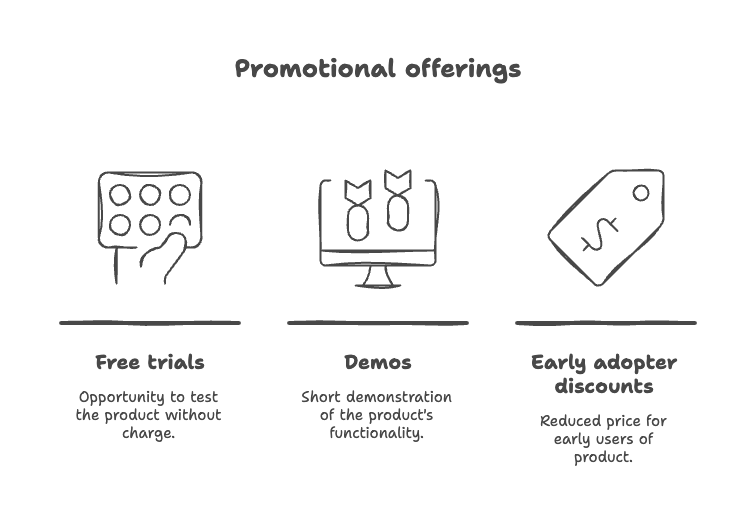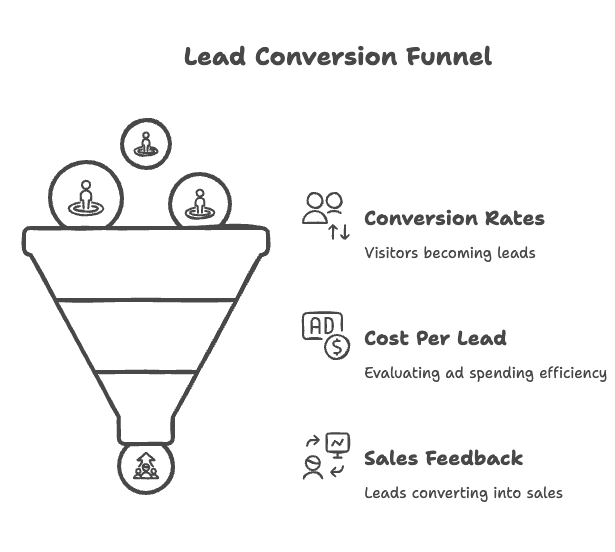Inbound Lead Generation: What It Is & How It Works
Let’s cut to the chase: cold-calling is as welcome as a telemarketer interrupting your dinner. Enter inbound lead generation—the art of attracting customers without the cringe. Think of it as being the cool bartender who knows exactly what you want before you ask. Instead of shouting into the void, you create value so irresistible that prospects slide into your DMs.
Inbound strategies generate 3x more leads at half the cost compared to old-school tactics. It’s not magic; it’s marketing that respects your audience’s autonomy. Ready to ditch the spray-and-pray approach? Let’s unpack how inbound works, why it’s a game-changer, and how to nail it like a pro.
🎯 What Exactly Is Inbound Lead Generation?
Inbound lead generation flips traditional marketing on its head. Instead of chasing prospects, you lure them in with content so valuable they voluntarily raise their hand. Imagine someone Googling “how to fix a leaky faucet,” stumbling on your plumbing blog, and signing up for your free DIY guide. That’s inbound in action: solving problems first, selling second.
Key principles:
- Permission-based: No spammy cold emails. Just content that earns attention.
- Self-selection: Prospects choose to engage because they see value.
- Trust-building: You’re the helpful friend, not the pushy salesperson.
Outbound Marketing Principles That Work
Permission-based Marketing
Build relationships through earned trust rather than interruption.
Build relationships through earned trust rather than interruption:
- Use opt-in forms with clear value propositions
- Provide value before asking for anything in return
- Always include unsubscribe options in communications
- Segment your audience for relevant content delivery
Self-selection Strategy
Let prospects qualify themselves through their actions.
Let prospects qualify themselves through their actions:
- Create content that addresses specific pain points
- Develop clear buyer personas to guide content creation
- Use interactive assessments and quizzes
- Track engagement to identify high-intent prospects
Trust-building Approach
Position yourself as a valuable resource, not just a vendor.
Position yourself as a valuable resource, not just a vendor:
- Share case studies and success stories
- Provide educational content without strings attached
- Be transparent about capabilities and limitations
- Maintain consistent communication and follow-through
🚀 Inbound vs. Outbound: Why Inbound Wins the Breakup
Outbound marketing is like sliding into someone’s DMs with “Buy my stuff!” Inbound? It’s posting a fire meme that makes them DM you. Here’s the breakdown:
| Inbound | Outbound |
|---|---|
| Pulls prospects in with content | Pushes ads/cold calls |
| Lower cost per lead | Higher cost per lead |
| Builds long-term trust | Often feels intrusive |
Outbound isn’t dead—it’s just… needy. Inbound aligns with how 81% of shoppers research online before buying. Plus, tools like GetUser AI let you find contact details after prospects engage, keeping things classy.
🧭 The Inbound Marketing Funnel: From “Huh?” to “Heck Yes!”
Picture the funnel as a first date:
1️⃣ Top of Funnel (TOFU) - “Let’s Get Coffee”
Prospects are Googling their problems. Your job? Be the answer.
- Strategies: SEO blogs, social media ads, YouTube tutorials.
- Goal: Awareness, not sales.
Example: A SaaS company writes “10 Signs You Need CRM Software” to attract overwhelmed business owners.
2️⃣ Middle of Funnel (MOFU) - “So, Tell Me More…”
Prospects know their problem and want solutions. Time to get flirty.
- Strategies: Webinars, case studies, email courses.
- Goal: Capture leads with gated content.
Pro tip: Use GetUser AI to track down phone numbers if leads ghost your emails.
3️⃣ Bottom of Funnel (BOFU) - “Let’s Go Steady”
Leads are ready to commit. Seal the deal with:
- Free trials
- Demos
- Discounts for early adopters

🔥 6 Inbound Lead Generation Strategies That Actually Work
1. Content Marketing: Be the Wikipedia of Your Niche
Create content so good it’s borderline addictive:
- Blogs answering “how to” questions.
- Videos showing your product in action.
- E-books offering step-by-step guides.
Hot take: A blog titled “How to Get Employment History for Free” could crush it—especially if you link to this guide.
2. SEO: Google’s Favorite Child
Optimize for keywords your audience actually searches:
- Use tools like Ahrefs for keyword research.
- Fix slow website speeds (nobody waits for a 10-second load).
- Write meta descriptions that pop.
3. Webinars: The Zoom Date That Doesn’t Suck
Host a webinar on a pain point (e.g., “How to Fix Your Sales Pipeline in 2025”). Promote it on LinkedIn and email lists. Afterward, send a follow-up like:
“Missed the webinar? Here’s the replay—and a Twitter / X search guide to find prospects.”
4. Social Media: Where Vibes Meet ROI
- LinkedIn: Post carousels dissecting industry trends.
- Instagram: Reels showing your product’s “before and after.”
- Twitter/X: Use polls to engage followers.
Bonus: Stalk—er, research—prospects ethically with this Twitter-by-email guide.
5. Personalization: Because “Hey You” Isn’t a Strategy
Dynamic CTAs and tailored emails boost conversions by 202%. Tools like GetUser AI help you find LinkedIn profiles via email, making personalization a breeze.
6. Gated Content: The “Show Me Yours” Exchange
Offer templates, toolkits, or cheat sheets in exchange for emails. Keep forms short—nobody wants to type their life story.
🤝 Lead Nurturing: Turning “Maybe” into “Take My Money”
Lead nurturing is like texting after a great date: stay relevant, not desperate.
- Email workflows: Send tips, not spam.
- Retargeting ads: Remind prospects what they’re missing.
- Social proof: Drop testimonials like mic drops.
Pro move: Use GetUser AI to find phone numbers for high-intent leads.
💡 Why Inbound > Outbound (Besides the Obvious)
- Higher-quality leads: Prospects already like you.
- Cost-effective: More ROI, less ad spend.
- Builds trust: You’re helpful, not hungry.
📊 Measuring Success: No Vanity Metrics Allowed
Track what matters:
- Conversion rates: How many visitors become leads?
- Cost per lead: Are you overspending on Instagram ads?
- Sales feedback: Are leads actually buying?

❓ FAQ: Your Burning Questions, Answered
1. What’s the key difference between inbound and outbound?
Inbound pulls prospects in with value (blogs, SEO); outbound pushes messages out (cold calls, billboards). One’s a magnet; the other’s a megaphone.
2. How do I measure inbound campaign success?
Track metrics like organic traffic growth, lead-to-customer rates, and ROI. Tools like Google Analytics and CRM dashboards are your BFFs.
3. What content types work best for inbound?
Blogs, webinars, and case studies. For example, a guide on finding LinkedIn profiles via email could attract HR pros.
4. Why does personalization matter?
Tailored experiences make leads feel seen. Use data (like employment history from this guide) to customize messaging.
5. How critical is SEO for inbound?
SEO is the backbone—it’s how prospects find you. No SEO? You’re basically whispering into a void.
Final Take: Inbound lead generation isn’t a tactic; it’s a mindset. Be helpful, be patient, and watch your leads come to you. Now go forth and attract—no cold calls required. 😎
Data nerd @ GetUser.ai. Been helping sales teams work smarter with data since 2018. I dig into the nuts and bolts of email verification, lead research—the stuff that actually moves the needle.